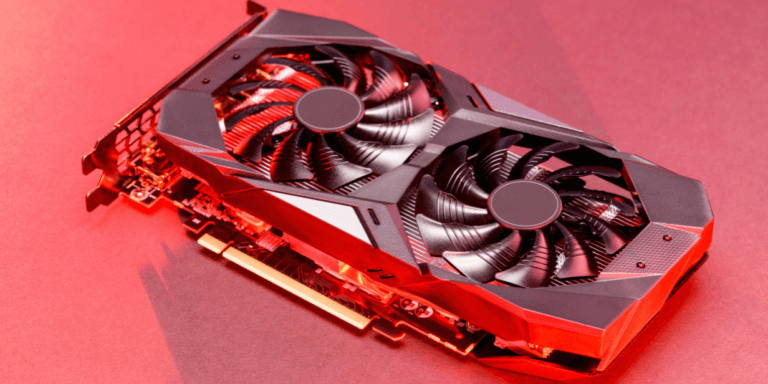Plate Recognizer, the leader in Automatic Number Plate Recognition (ANPR), is proud to announce that its license plate recognition On-Premise SDK technology now supports the Raspberry Pi.
What is Raspberry Pi?
The Raspberry Pi is a very low-cost computer that runs Linux and has a set of input and output pins that allow users to control electronic components. The original Pi had a single-core 700MHz CPU and just 256MB RAM, and the latest model has a quad-core 1.4GHz CPU with 1GB RAM.
Launched in 2012, the Raspberry Pi originated as a way to promote teaching of basic computer science in schools and in developing countries. Since then, students, enthusiasts and developers all over the world use Raspberry Pis to learn programming skills, build hardware projects, do home automation, and even use them in industrial applications.
What is Plate Recognizer ANPR?
Automatic Number Plate Recognition (ANPR), also known as Automatic License Plate Recognition (ALPR) in Europe, is machine-learning software that takes an image of a vehicle and decodes the vehicle license plate. Plate Recognizer utilizes two sophisticated neural networks in its recognition technology to first identify all the photos of license plates from an image and then to decode each character of the plate.
Plate Recognizer’s unique ANPR technology has been optimized to handle real-world environments, such as blurry, dark, low-resolution images. Its recognition algorithms even works when plates are at an angle, when the vehicle is driving fast, or when the plate contains two rows of text. The license plate recognition technology can be consumed via API Cloud or On-Premise SDK on a monthly subscription basis.
Optimizing ANPR on Raspberry Pi
The limited CPU power and RAM of the Raspberry Pi make it particularly challenging to squeeze all the machine learning ANPR code into a small footprint.
Thankfully, Plate Recognizer did not sacrifice its plate recognition algorithms, but instead revisited and optimized each aspect to fit the Raspberry Pi. For example, we leveraged the extractor architecture to optimize for latency, allowing us to use about 2x fewer operations with 25-30% fewer parameters and run about 25-40% faster. Moreover, we were able to maintain the TensorFlow model with two neural networks that we currently maintain with our ANPR SDK on Windows, Mac and Linux machines.
Installing ANPR on Raspberry Pi
Plate Recognizer On-Premise SDK supports the following versions of Raspberry Pi. Go here to determine which Pi version.
- Raspberry Pi 4
- Raspberry Pi 3 Model B+
- Raspberry Pi 3 Model B
- Raspberry Pi 2 Model B
Setting up ANPR on the Pi is easy. Just follow the steps here: ANPR Installation on Raspberry Pi.
Plate Recognizer Runs on Raspberry Pi. Now What?
One of the main selling points of the Raspberry Pi is its low cost. All models of Raspberry Pi have been $35 or less, including the Pi Zero, which costs just $5.
This huge cost-efficiency, straightforward set-up, offers endless possibilities for innovation.
Now, with this double-benefit combination, individuals and businesses of all types and sizes can use Plate Recognizer on a Raspberry Pi to cost-efficiently track vehicles for community safety, enforce parking lot policies, be informed when suspicious vehicles enter a school parking lot, and more.
We are super-excited on what the Raspberry Pi community can create with our Automatic Number Plate Recognition software! If you would like to test drive the software for free, sign up for an account today.





